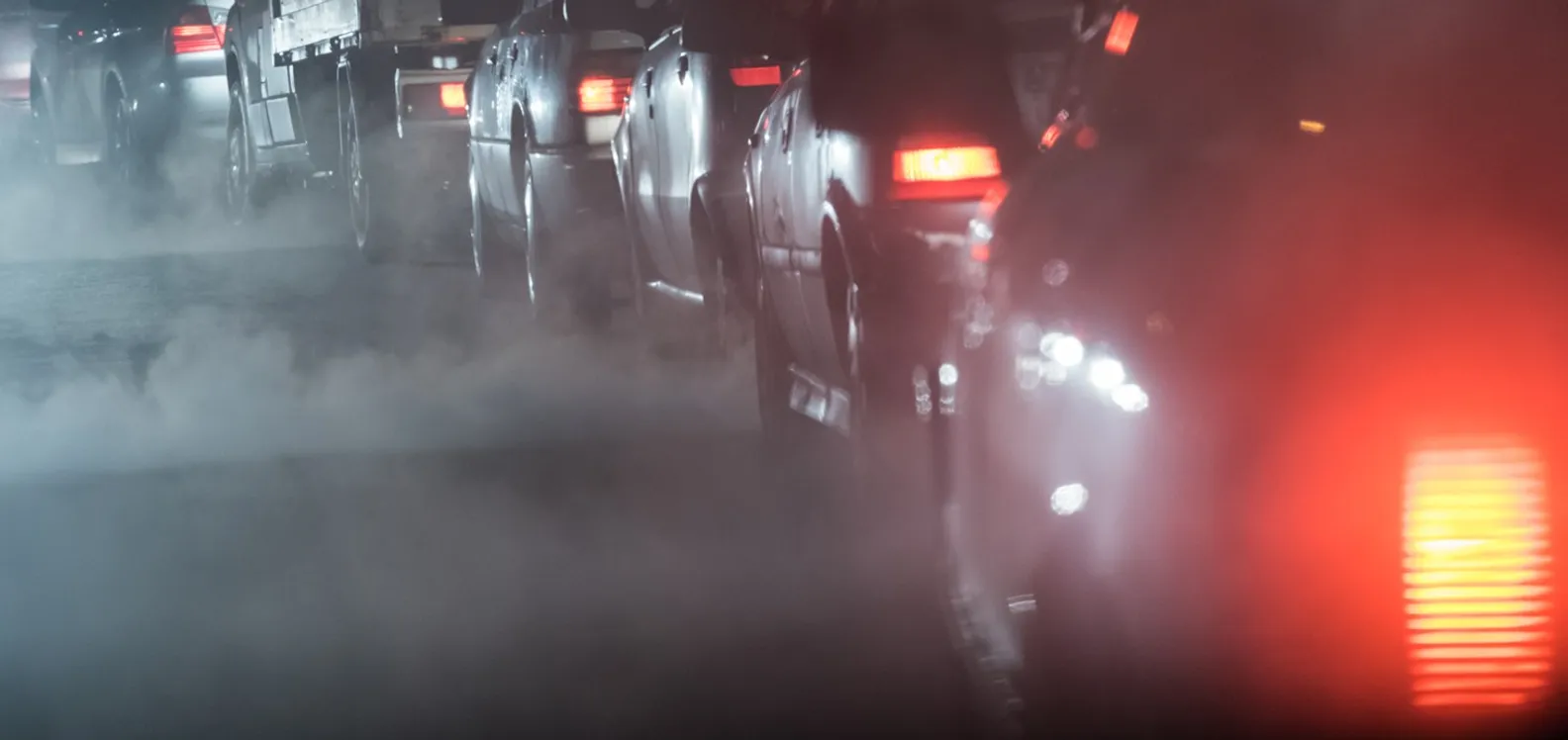Um, no.
Background
The average global surface-air-temperature-rise — compared to that which was present at the time the Industrial Revolution first became a thing back in year 1750 — must climb by no more than 1.5 degrees Celsius (C), in order “to reduce the greatest global risks and avoid significant, wide-ranging, and severe impacts,” as explained in the U.S. Government’s Nov. 2021 The Long-Term Strategy of the United States: Pathways to Net-Zero Greenhouse Gas Emissions by 2050 report (p. 10).
The biggest source, transportation, that is, that part linked to anthropogenic activities (read: “through the burning of fossil fuels, primarily”) globally, contributes nearly 30 percent of all atmospheric GHGs.
Holding average surface-air-temperature to no more than a 1.5-degree-Celsius rise, therefore, will be challenging.
Meanwhile, by mid-21st century, set as a target, is carbon net-zero. And, apparently, it won’t be enough to just meet that. And beyond that? Emissions must become net-negative, that trend needing to be locked in until such time when the earth returns to and remains on — the so-called “climate-normalization” — track.
So, the question is how, practically, to reach net-zero GHG by 2050.
Strategies
A federal mandate stipulates that by 2035 all new U.S. automobile sales must be zero emissions vehicles (ZEVs) comprised, essentially, of battery electric and hydrogen fuel-cell electric light duty vehicles. On the heavy duty truck front, meanwhile, sales of all new trucks must start in 2036.
Practically, realistically, though, that’s not an easy sell.
Expectations — in significantly large numbers — of low-income households or those living in environmental justice neighborhoods being able to afford even a used electric, much less a new one, just aren’t there, despite incentivizations like guaranteed rebates being added, especially given transportation expenses in such households eat up large portions of total household budgets, typically.
Moreover, between now and 2035, even if automakers ramp up EV production or even if there are more electric automobile manufacturing startups getting into the act, who’s or what’s to say sales of such vehicles will be on parity with what will roll off assembly line floors?
So the likelihood of our going all-in on an electric vehicle buy-in at this point in time and in the decade ahead is rather small. In other words, there is not going to be any forthwith total ICE (internal-combustion-engine)-to-ZEV transition, not today, not tomorrow, not next week, not next month, not next year, not even in the next decade. That is, not unless something prompts such, as in something really profound in the climate-change-sense happening.
That said, in the interim, and knowing this, is it not best to try to exploit alternative means of travel more and thus reduce the number of vehicle driving miles overall, in addition to making emissions cuts in other sectors, as the ways to meet both short- and long-range emissions-reduction targets? I think so.
And speaking of other sectors…
“Addressing the climate crisis requires immediate and sustained investment to eliminate net global greenhouse gas emissions by mid-century—and this presents a transformational opportunity for the United States and the world,” insists the fed in the “Executive Summary” section of report The Long-Term Strategy of the United States: Pathways to Net-Zero Greenhouse Gas Emissions by 2050 (p. 3). This observation indeed suggests that meeting said mid-century climate goals is doable.
And, Justin Mikulka in “Great News for Clean Power and Storage” at The Daily Kos can probably relate as much as anybody and perhaps understands more than most. He writes: “There is a lot of great news in the clean energy space. We have the tools and technologies we need to transition to clean energy and eliminate carbon dioxide and methane emissions. That said, it isn’t enough yet. Emissions are still rising, including the potent greenhouse gas methane, and climate impacts are getting impossible to ignore. We need to get our politicians to do a lot more, a lot faster.”
I second that.
Corresponding, connected home-page-featured image: Swansea University
— Alan Kandel
Copyrighted material.
